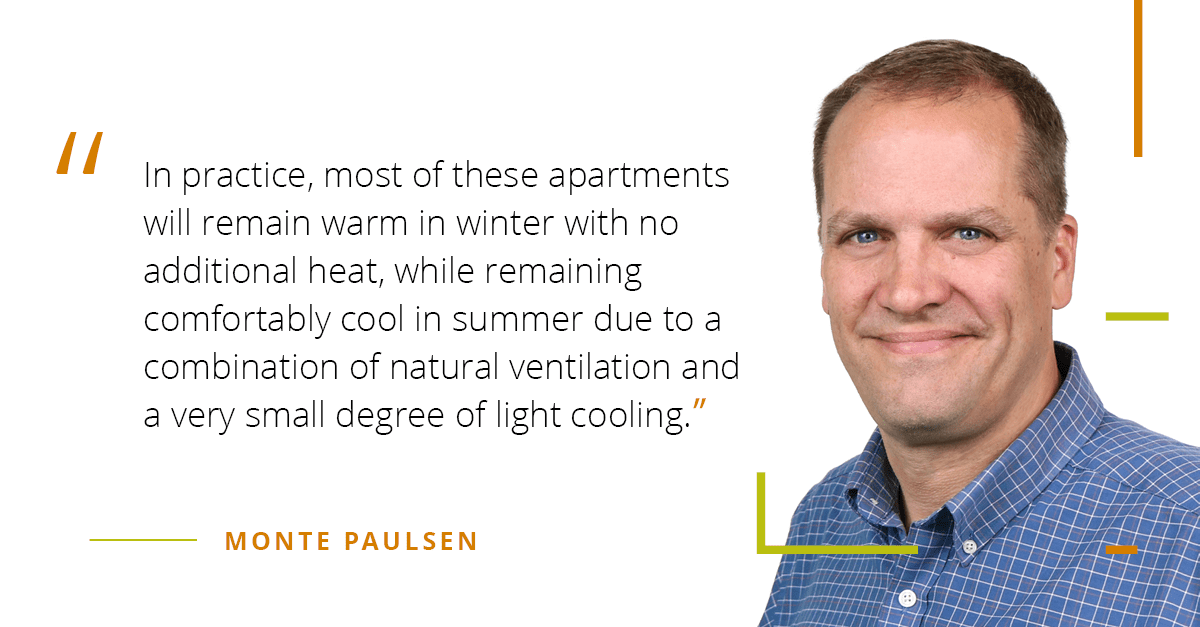In a recent Vancouver Courier article, RDH’s Passive House Specialist, Monte Paulsen provided his take on the new Nelson Street Passive House project and what it will be capable of achieving in terms of energy efficiency.
Standing at 60 stories tall, the building once complete, will be the tallest Passive House project in the world and will be a prominent addition to the Vancouver skyline. The project’s developer, Henson Development, aims to create an example of modern and sustainable housing for the rest of the world to see. RDH is serving as the Building Enclosure Consultant and the Energy Performance Consultant on a project team that includes Nelson Developments, WKK Architects, IBI Group, Integral, and others.
One strength of the project highlighted by Monte, is the fact that when built to the Passive House design the units will require little to no heating, thus vastly reducing the building’s green house gas emissions.
“In practice, most of these apartments will remain warm in winter with no additional heat, while remaining comfortably cool in summer due to a combination of natural ventilation and a very small degree of light cooling.”
The article also includes comments from Henson Development’s Vice-President, Rick Gregory, who highlighted climate change as one of the key drivers for initiating this project.
“You can make any buildings you want but the planet is on fire…”
“I don’t want this to sound preachy but you asked me the reason [for building to Passive House standards] and that’s really what’s in my mind, and is driving it from my perspective and the company’s.”
The article also includes comments from Sean Pander, green building manager for the City of Vancouver and others who are involved in the Passive House movement in Vancouver.

View our Nelson Street Passive House case study.



